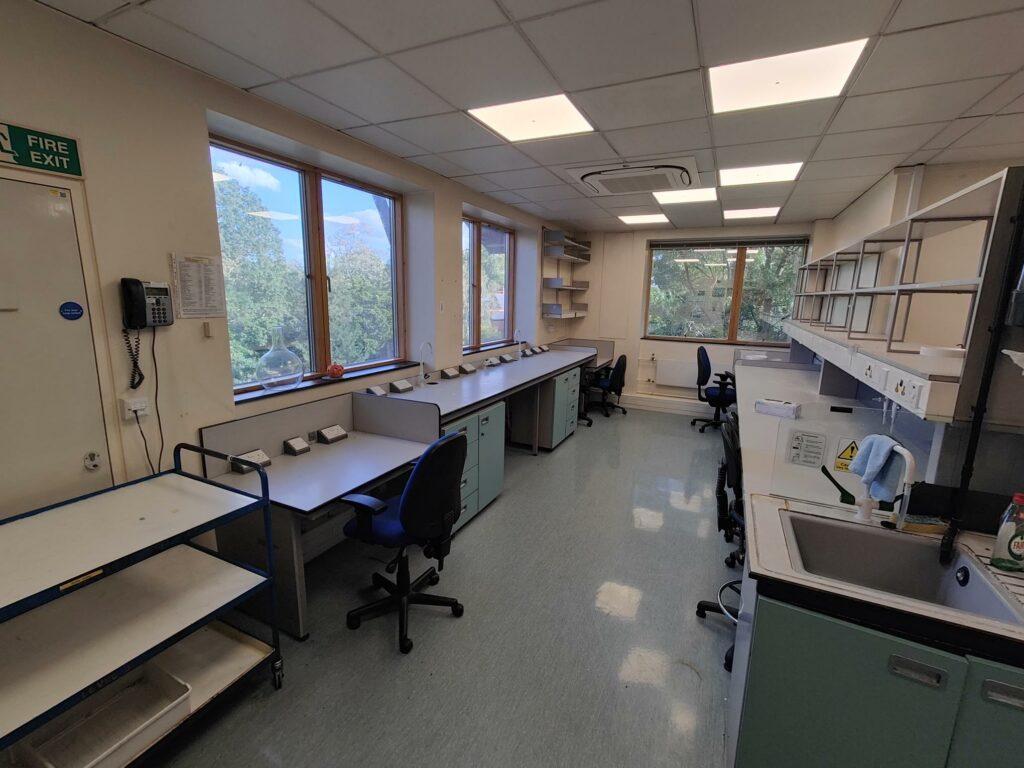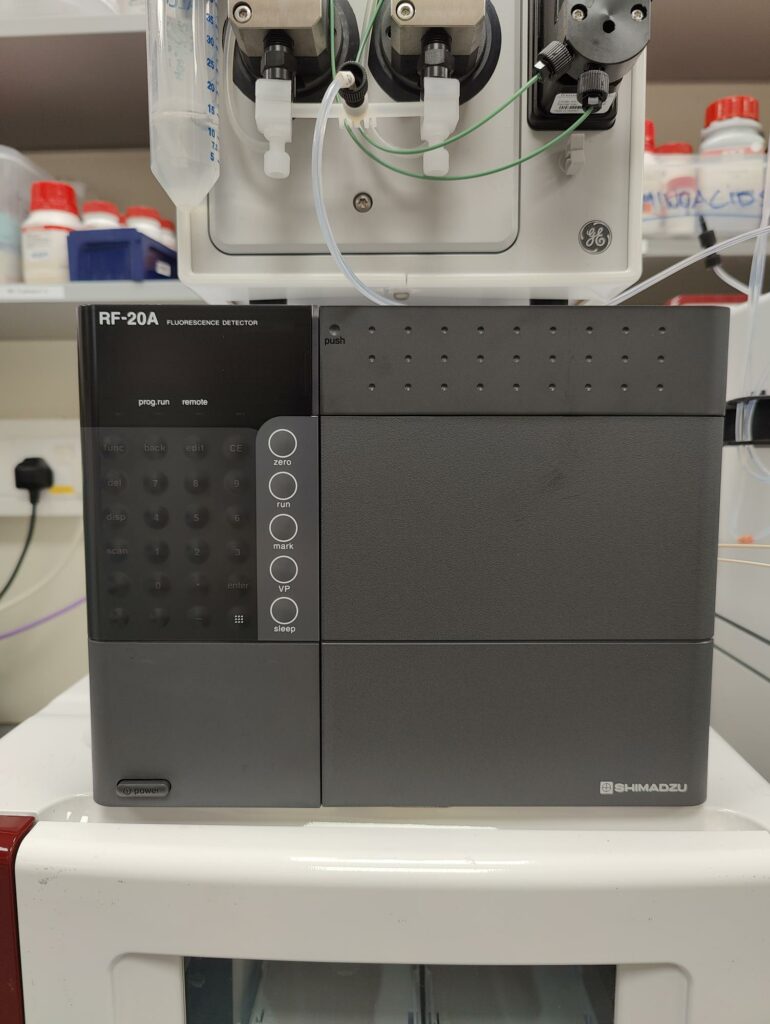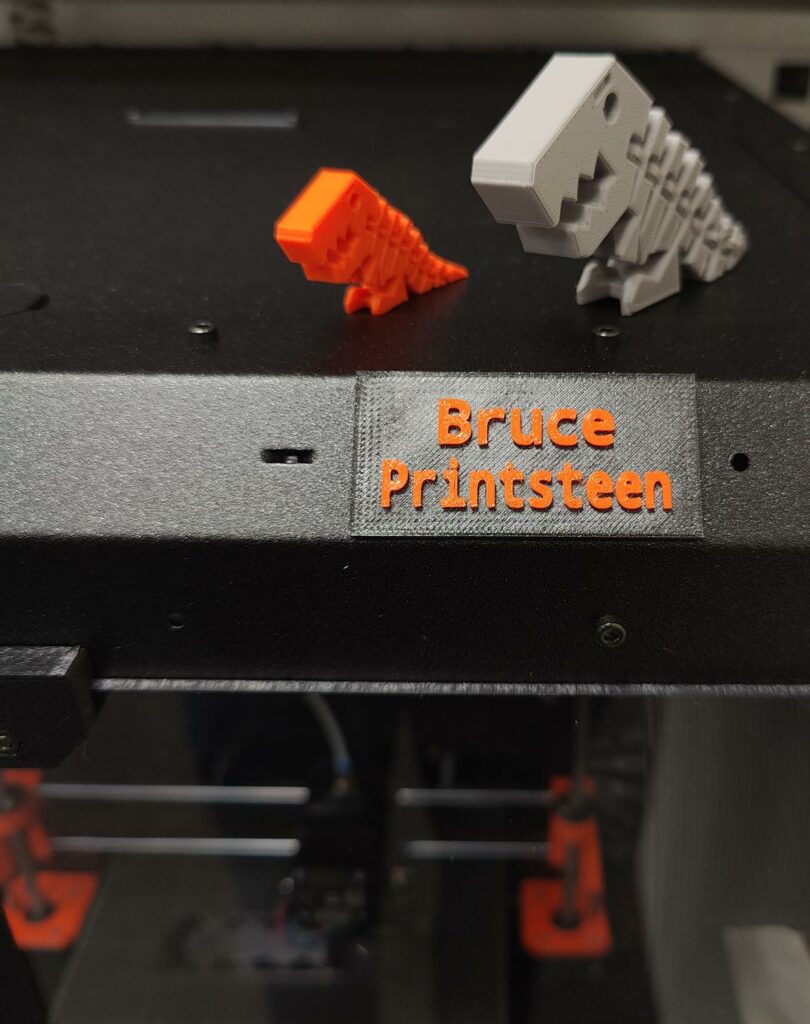Our group started in 2001 and around 2002 we moved to our own lab space on the third floor of the Sanger Building, where we have been ever since. From the first bay we expanded to another one on other corner of our wing and later acquired a third bay in a third corner. Disjointed space which served ok for a while, but become increasingly disfunctional as group changed and new team was being built. After long nagging, the Department conceded and provided us with fresh lab space, a large lab where we can all work together and, importantly, nice write-up area.
So, it is time to close the door to the old lab, which is now empty for the first time in over 20 years. Upwards and onwards!






